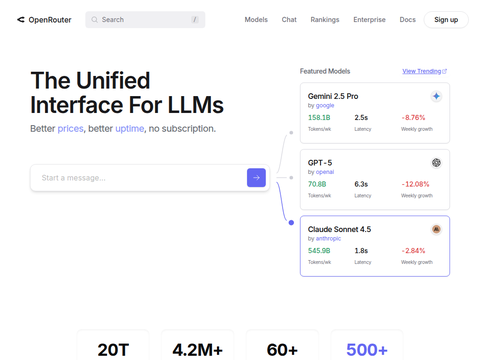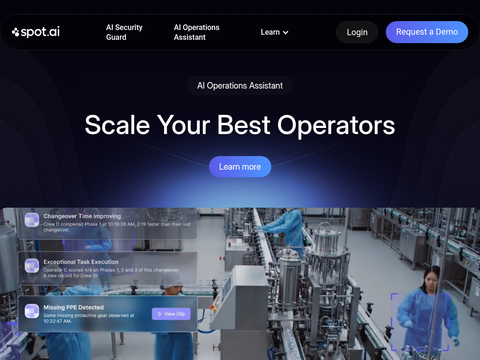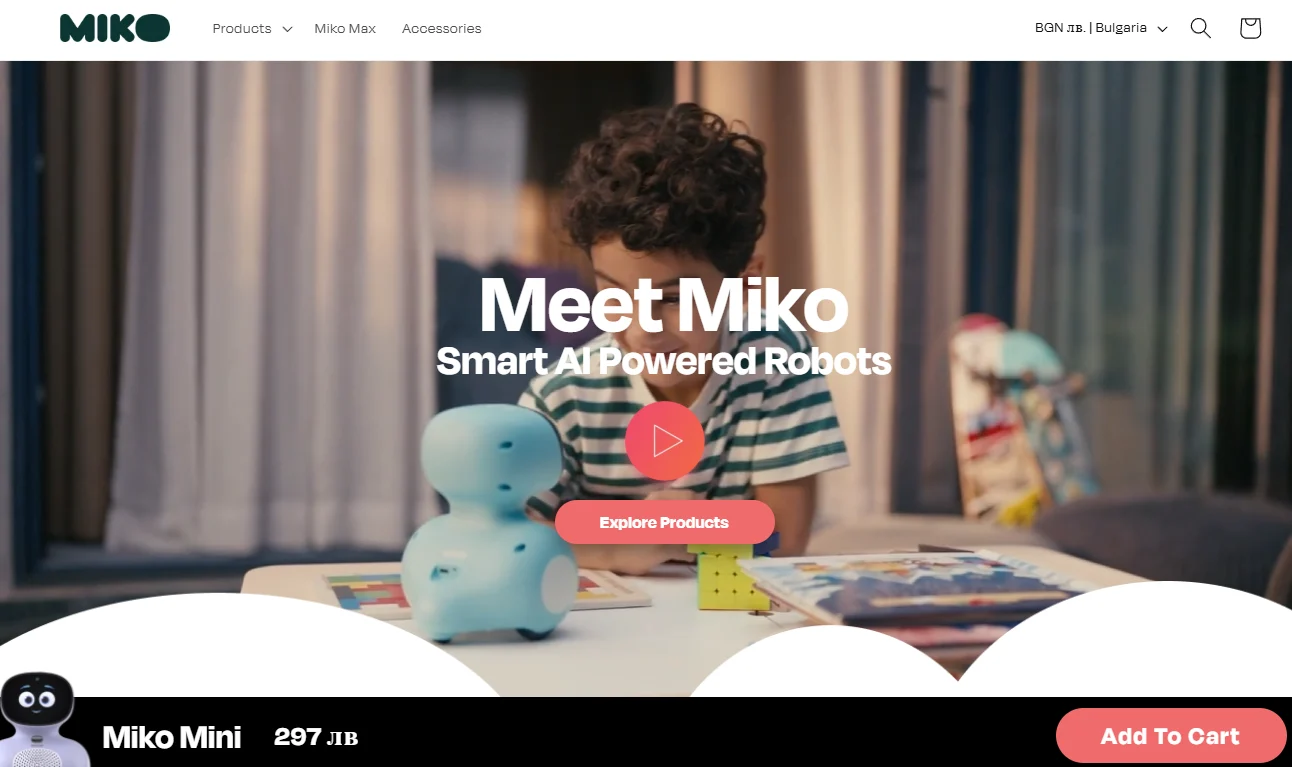As artificial intelligence technology continues to advance, model compression techniques have become essential for enhancing the efficiency of AI applications. These techniques achieve faster and more cost-effective predictions by reducing the complexity and resource requirements of models, enabling real-time applications across various sectors such as expedited airport security checks and instant identity verification. Below are several commonly used AI model compression methods.
Parameter Pruning
Parameter pruning involves reducing the size of neural networks by eliminating parameters that have minimal impact on the model’s output. This approach decreases the computational complexity of models, thereby reducing inference time and memory consumption. Despite a smaller footprint, pruned models maintain strong performance and require fewer resources to operate. For businesses, parameter pruning helps lower prediction time and costs while preserving high accuracy. The pruning process can be iteratively performed until the desired model performance, size, and speed are achieved.
Model Quantization
Model quantization is another effective method for optimizing machine learning models. It significantly reduces a model’s memory footprint and accelerates inference speed by decreasing the numerical precision used to represent model parameters and computations, such as converting from 32-bit floating-point numbers to 8-bit integers. This quantization technique allows for more efficient model deployment in resource-constrained environments like edge devices or smartphones. Additionally, quantization can lower the energy consumption of running AI services, thereby reducing cloud computing or hardware costs. Typically performed on post-training models, quantization uses calibration datasets to minimize performance loss. In cases of significant performance degradation, quantization-aware training techniques can be employed to maintain model accuracy.
Knowledge Distillation
Knowledge distillation is a method where a smaller model (student model) is trained to mimic the behavior of a larger, more complex model (teacher model). This process involves using the original training data and the teacher model’s soft outputs (probability distributions) to train the student model. This not only conveys the final decisions but also the intricate reasoning process of the large model. By focusing on important aspects of the data, the student model approximates the teacher model’s performance, resulting in a lightweight model that retains most of the original accuracy with significantly reduced computational requirements. For businesses, knowledge distillation enables the deployment of smaller, faster models that deliver similar results with lower inference costs. In real-time applications where speed and efficiency are critical, knowledge distillation holds particular value.
Conclusion
As companies strive to scale their AI operations, implementing real-time AI solutions emerges as a key challenge. Techniques such as parameter pruning, model quantization, and knowledge distillation offer practical solutions by optimizing models for faster and more cost-effective predictions with minimal performance loss. By adopting these strategies, businesses can reduce reliance on expensive hardware, deploy models more broadly within their services, and ensure that AI remains a cost-effective component of their operations. In a context where operational efficiency can determine a company’s capacity for innovation, optimizing machine learning inference is not just optional—it’s essential.








